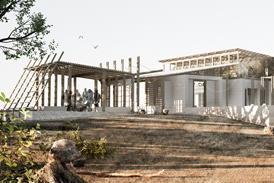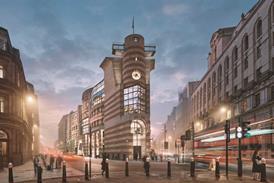- Home
- Intelligence for Architects
- Subscribe
- Jobs
- Events

2025 events calendar Explore now 
Keep up to date
Find out more
- Programmes
- CPD
- More from navigation items
New proposals aim to transform Bournville’s underutilised heritage spaces

Proposed developments include a community-led cohousing scheme and a new 112-room hotel
The Bournville Village Trust and Mondelēz International, the owner of Cadbury, are consulting on a series of potential new developments within the famous garden suburb of Bournville in south Birmingham.
The stated intention of the consultation is to “develop a long-term plan for Bournville heritage places and spaces,” with a focus on increased cultural activity, connectivity, and community amenities.
Proposed developments include a new community-led cohousing scheme, the conversion of the Cadbury factory’s sports pavilion into a restaurant, and the construction of a new hotel on the site of a former staff clubhouse.
…
This content is available to registered users | Already registered?Login here
You are not currently logged in.
To continue reading this story, sign up for free guest access
Existing Subscriber? LOGIN
REGISTER for free access on selected stories and sign up for email alerts. You get:
- Up to the minute architecture news from around the UK
- Breaking, daily and weekly e-newsletters
Subscribe to Building Design and you will benefit from:

- Unlimited news
- Reviews of the latest buildings from all corners of the world
- Technical studies
- Full access to all our online archives
- PLUS you will receive a digital copy of WA100 worth over £45
Subscribe now for unlimited access.






